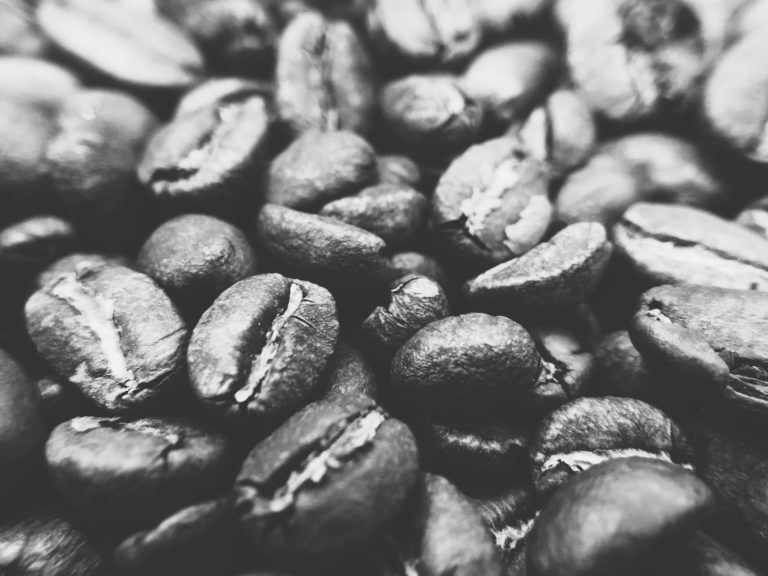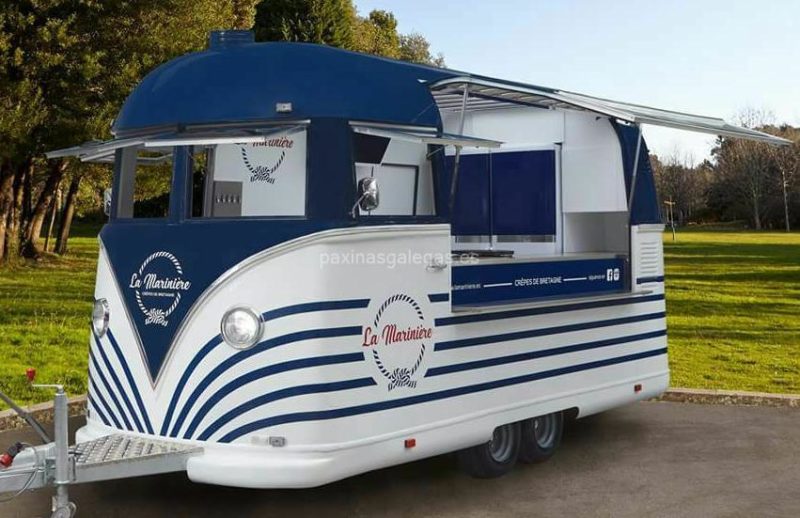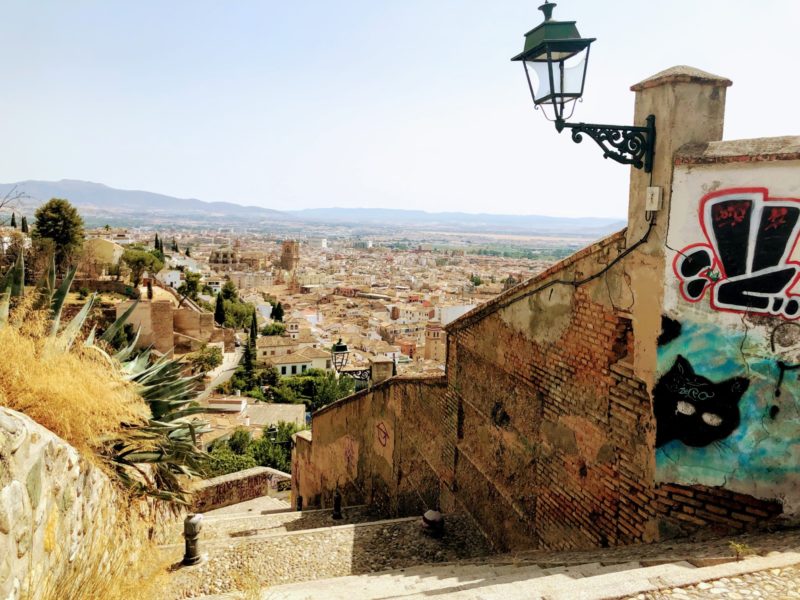“So what do you think?” my entrepreneurial friend Jason asked me. He had just proposed that I join his new start up company, Kuyperian Coffee and develop the branding for it. At this point, my coffee purchasing was probably anything exotic from Ross or something that smelled good when you squeeze the coffee pouch from Aldi.
I decided to give it a go with Jason and he sent me our first sourced coffee from Kochere, Ethiopia (naturally processed, heirloom arabica, but that didn’t matter to me yet). I brewed it up in my trusty french press for Camille and I and took my first sip.
I was hooked!
It was the best coffee I ever had tasted hands down. The main factor was a lack of bitterness, a smoothness and a noticeably unique flavor profile (although at this moment, I could just tell it was mildly sweeter and delicious and didn’t know about flavor notes).
Ethiopia, it turns out, is the birthplace of coffee (although first production was in neighboring Yemen, using Ethiopian seeds). It remains one of my favorite origins to taste coffee from (besides Yemen or Kenya!).
I started researching coffee and roasting online and saw that some people have the audacity to roast at home! I was talking to my mom about it one day and she said nonchalantly said, “oh I have a coffee roaster you can borrow.” Out she pulls a Fresh Roast SR500 (pictured below, $150-250).
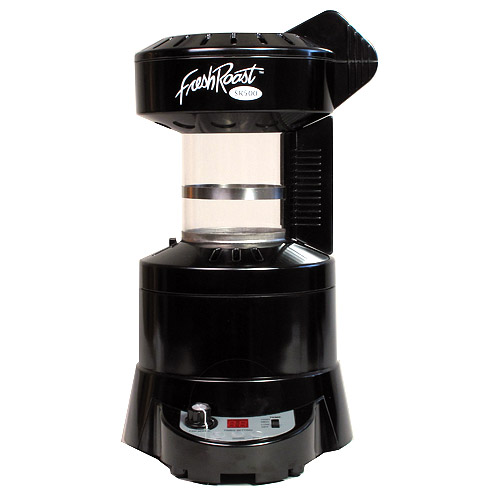
She also had some beans she had purchased off of Amazon. I couldn’t get home fast enough. I promptly roasted a small batch.
I read it’s good for the beans to sit for a few days to “air out.” It was the longest days of my life. When it was time to grind and brew, I smelled the coffee and it didn’t smell like the delicious Ethiopian beans or even the grocery store beans. They smelled grassy and not too pleasant.
The moment of truth came, I tasted my home roasted beans, and promptly spit it into the sink.
They tasted horrible!
What had I done wrong? I thought I could roast at home? I followed the instructions online for goodness sakes! It turns out after talking with my mom, these beans were probably really old and not properly stored for long term storage. Lesson learned.
I decided to not give up on home roasting just yet and order some green coffee online. I did some research and found some good sites like: Burman Coffee Traders, Sweet Marias, and Coffee Bean Corral. I ordered some green coffee sample packs to try. High quality green beans range from about $4-6/lb (but can get really expensive with micro lots, unique processing or rare origins).
After the fresh green beans arrived, I roasted again and with much better results. My results were not as great as the Ethiopian beans roasted professionally but better than grocery store beans by far and I would say better than Starbucks (because of “roast style” differences, some people call it Char-bucks).
I had entered the rabbit hole that is home roasting and each time I would learn new things and implement them and learn about this dynamic SEED (not bean) that is coffee.

After a few months of SR500 roasting, my generous friends at Kuyperian Coffee sent me a Behmor 1600 roaster (pictured above, $400) to keep learning on and perhaps roast small orders in-house. The Behmor looks like a microwave oven and has a drum like most commercial roasters and has a manual mode where you can adjust drum speed and temperature during roast (although not to the degree of commercial roasters). Here’s a video of “first crack,” the point where the bean has so much stored internal heat that it bursts out, expanding the bean and making an audible POP (this is generally the point where coffee become drinkable).
At this point in my journey, I left on a seven month trip and my roasting days were over. It was difficult to find any decent coffee on my travels in Europe. The 3rd wave coffee movement is hitting Europe slower because of their love and tradition of Robusta/arabica espresso made famous in Italy. I did find some amazing roasters in Spain (NOMAD Barcelona, Torch Sevilla) and Italy (Steampower Verona).
In Spain, my innocent friend unknowingly bought Torrefacto beans (pictured below) where sugar is added at the end of the roast. They taste how they look, nasty! Yet they are still used in some cafés in Spain (a relic of their civil war when coffee was scarce).
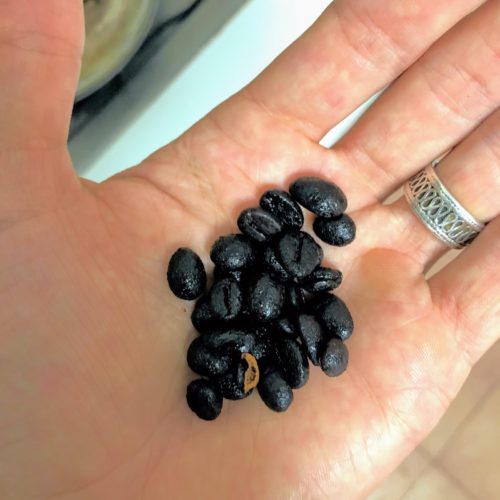
Before leaving to Europe, my friend, Andrew, owner of Barista Alley, dropped a sample/micro batch roaster off called the Quest M3 ($1,400.00). Upon returning I was excited to try my hand at roasting on it! It is very manual but helps you get a feel for every aspect of the roast process and is meant to emulate a full scale commercial roaster. It even has probes to help control and track the roast so you can repeat similar results if you find a good roast profile.
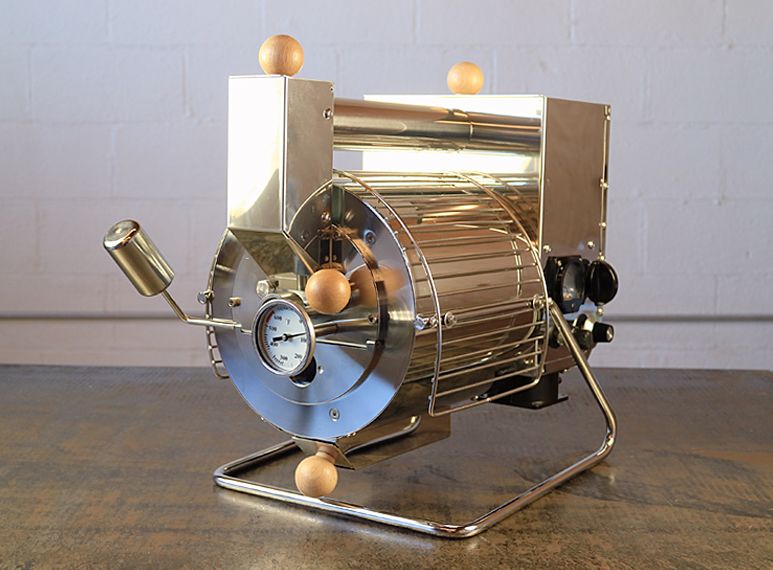
After two months of trial and error, I can say that this roaster has seriously upped my roasting game or at least helped me understand a bit about the different phases and what is going on in the bean (instead of flying only by scent, sight and sound with no metrics).
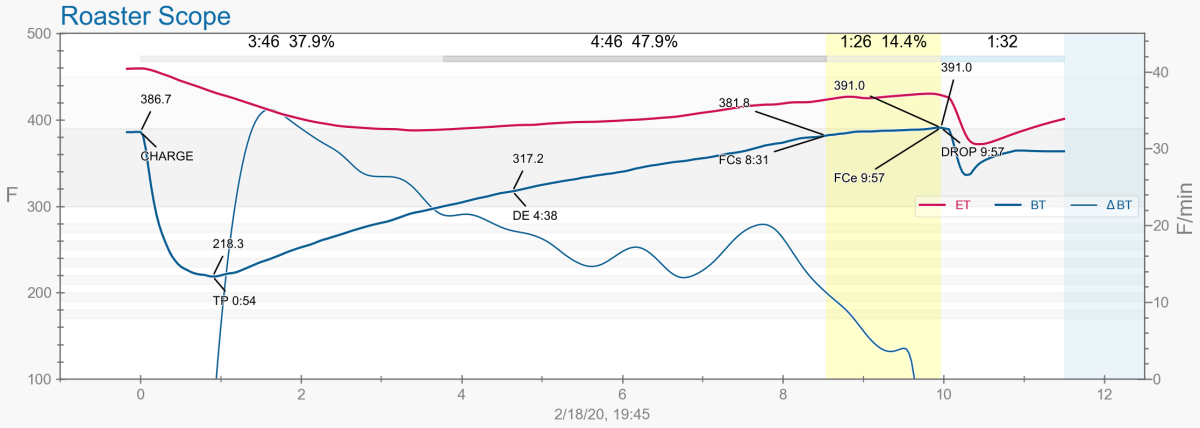
Where will this all go? Only God knows, but I am looking into more training in the future and potentially helping a good friend start his cafe (and roastery?) in Santiago de Compostela, Spain! As for now, my family and I are benefitting from delicious fresh roasts of various high quality bean origins around the world and I am having fun learning.
The cool thing is God has provided each roaster through friends and family! I haven’t paid a dime. Time to pray for a Probat, San Francisco, Mill City or Giesen Roaster! 😉
I have been also using this great smart scale that keeps the fresh roasted coffee flowing called Bottomless! You can get a free bag by using my link:
https://www.bottomless.com/referral/CHanson2131
Did you learn anything new about coffee in this post? What type of coffee do you enjoy? Are you interested in home roasting?
